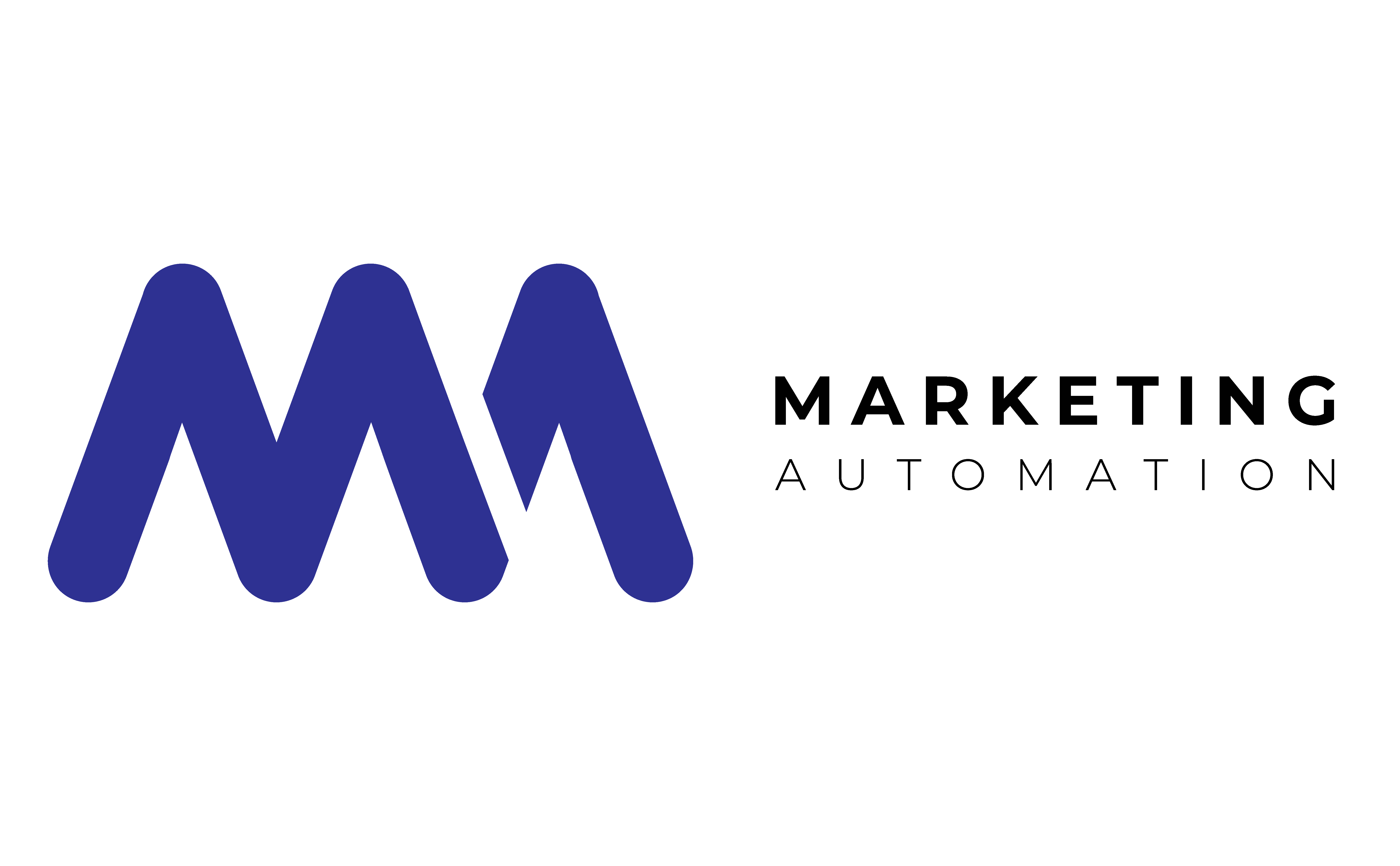Market segmentation in tourism is a key activity for the success of an accommodation facility (regardless of its size). It involves a detailed analysis that ultimately aims to create groups (or clusters) of customers and potential customers who share certain characteristics: these clusters can be considered target segments for targeted marketing campaigns.
Why segment your audience?
Partly, we have already answered this question, but it is time to delve deeper, providing examples as well. The principles of segmenting the tourism market pose a real challenge for company marketers. This is an activity that involves creative elements, yet linked to tactical actions dictated by strategy.
Here are some examples of benefits associated with segmentation:
- sending targeted offers: today’s technologies allow us to fully leverage all the data in the PMS. So, if the data collection of the facility/group or chain is homogeneous and follows at least some basic rational criteria, it would already be possible to create and utilize targets such as: “VIP Guests,” “medium clients,” “occasional clients”; and also: guests grouped by geographic criteria, type of booking (couples, families, business), etc.
- the right message: having created the target, it’s now up to the message, which needs to be persuasive, in line with the preferences of the potential customer, and must leverage commercial levers typical of the sector. Digital marketing campaigns allow us to curate and personalize content (specific offers, promotion of special events, promotion of new services, etc.) and to collect subsequent structured feedback on performance. A guest of our facility, who travels as a couple and is passionate about our bike tour service, will not hesitate to respond positively to a promotion that matches the profile just outlined.
- audience engagement: the analysis of the performance of our campaigns ultimately provides us with structured data related to individual audiences or specific targets of our campaigns. We can collect and analyze data on audience responsiveness in relation to our offers. Or analyze data related to the content of our messages or the timing of opening and booking. This allows us to optimize subsequent advertising actions we have planned, adopting a data-driven approach. Indispensable today.
PMS, CRM and Marketing Automation
There is a lot of confusion today between the concepts of CRM and Marketing Automation, especially if we take the tourism market as a contextual reference and to the main tool in the sector, namely the PMS. On the technological front, there are specific tools and other instruments that include the same integrated functionalities. Furthermore, on a strategic level, we are referring to two absolutely interdependent concepts.
Indeed, there is a link that connects CRM and Marketing Automation on a purely strategic level: ranging from the theme of customer relationship to that of customer experience. To summarize: in everyday life, we establish more or less solid relationships based on what we know about the other and from the experience we share with them. The same applies to business relationships: the information we have about our current and potential clientele forms the basis of any strategy.
On one hand, the Property Management System of a facility is tasked with collecting and storing demographic data, booking details, and other structural information. On the other hand, CRM and Marketing Automation tools have the function of activating these data (which would otherwise be sitting there, almost parked). By “activate,” we mean using them to generate new business actions.
In this sense, CRM cannot be seen as “the tool that produces and sends quotes” or a sales force management tool. And, at the same time, it is reductive to limit marketing actions to just mailing activities. Market segmentation in tourism is thus at the core of the technology we equip ourselves with, but it serves the strategy we have in mind.
Marketing Automation and Segmentation
We have spoken elsewhere about the value of marketing automation systems for hospitality. we could say that it is now clear that, in a highly competitive market such as the tourism one, equipping oneself with advanced segmentation and automation tools has now become fundamental. The needs and preferences of customers can vary rapidly or remain stable over time. In both cases, to establish lasting (and scalable) relationships, it’s necessary to automate efficiency.
An effective Marketing Automation tool must therefore have a strong ability to acquire data from the PMS (and beyond). Exactly, it should be fully integrated. But above all, this technology must have the ability to orchestrate the data, organize it, and then automatically segment and create coherent targets for the tourism market.
Absolutely, the points described in this article are naturally key aspects of a broader perspective: that of Customer Relationship Management. Exactly, it’s about a strategic approach that doesn’t end with the booking of a stay but focuses on managing the already acquired clientele. And it extends towards the logic of re-engaging a customer.
For more technical content and to learn more about our solutions: visit the dedicated page or request a demo!








